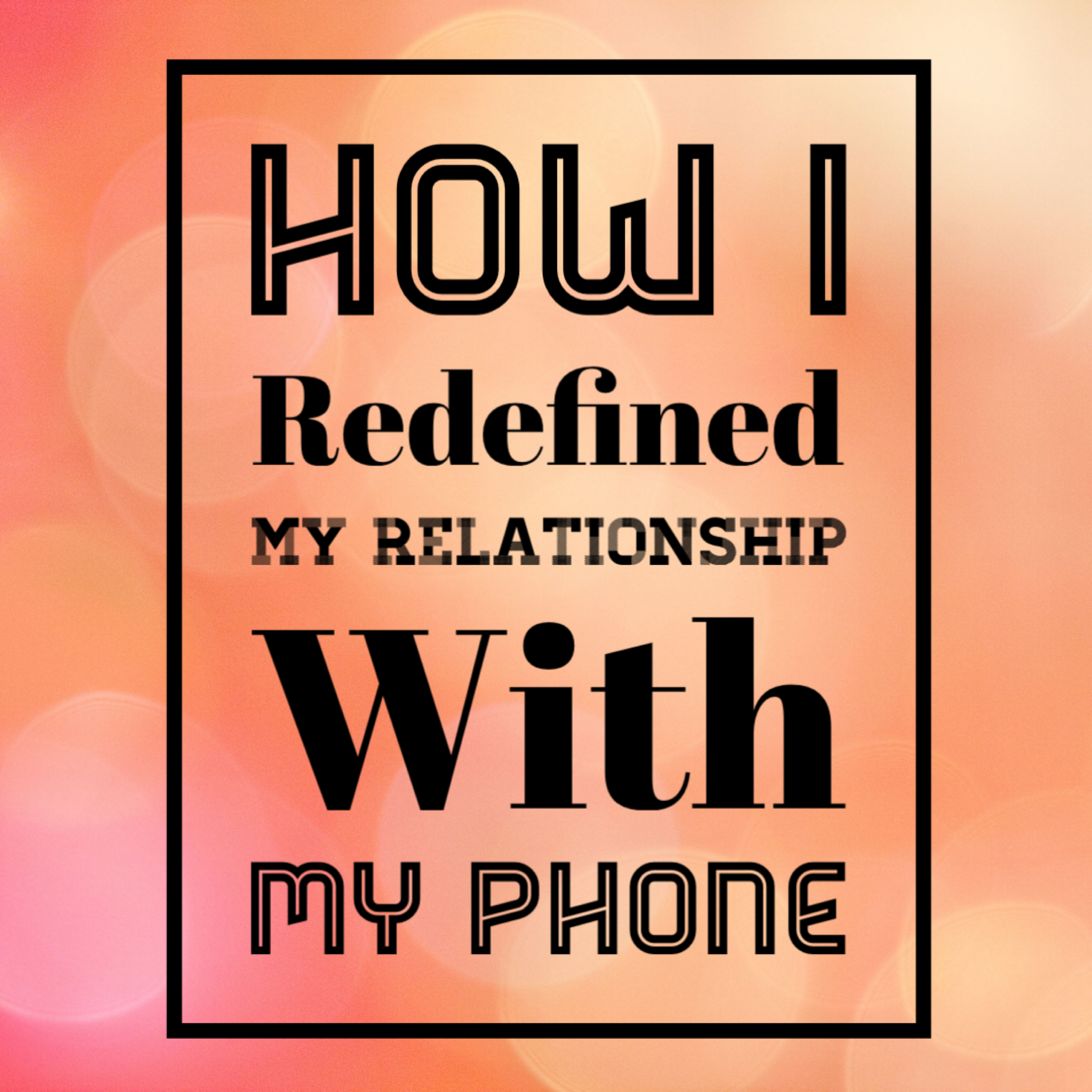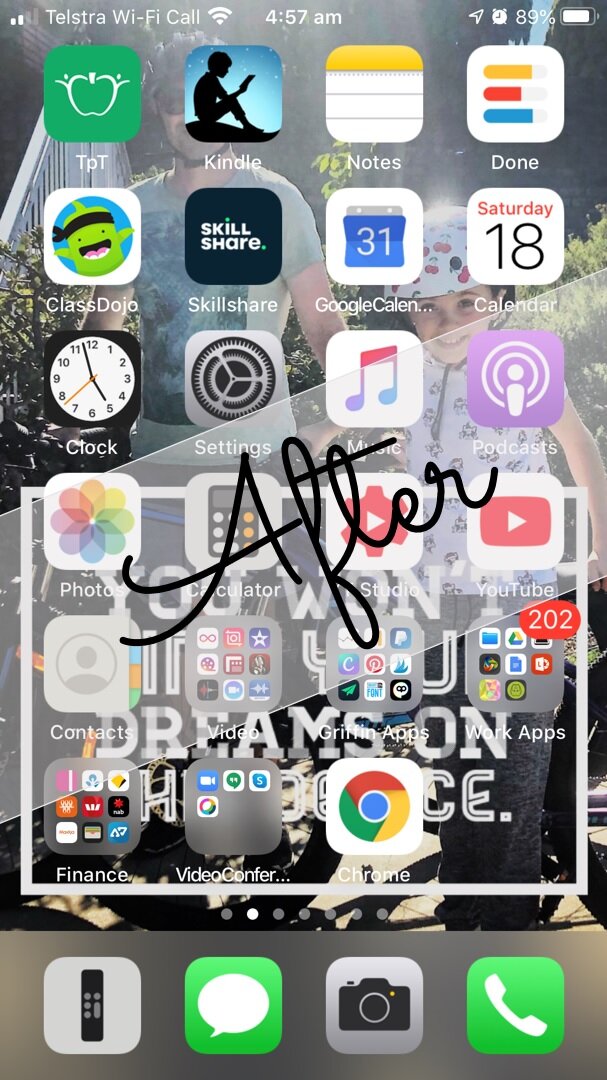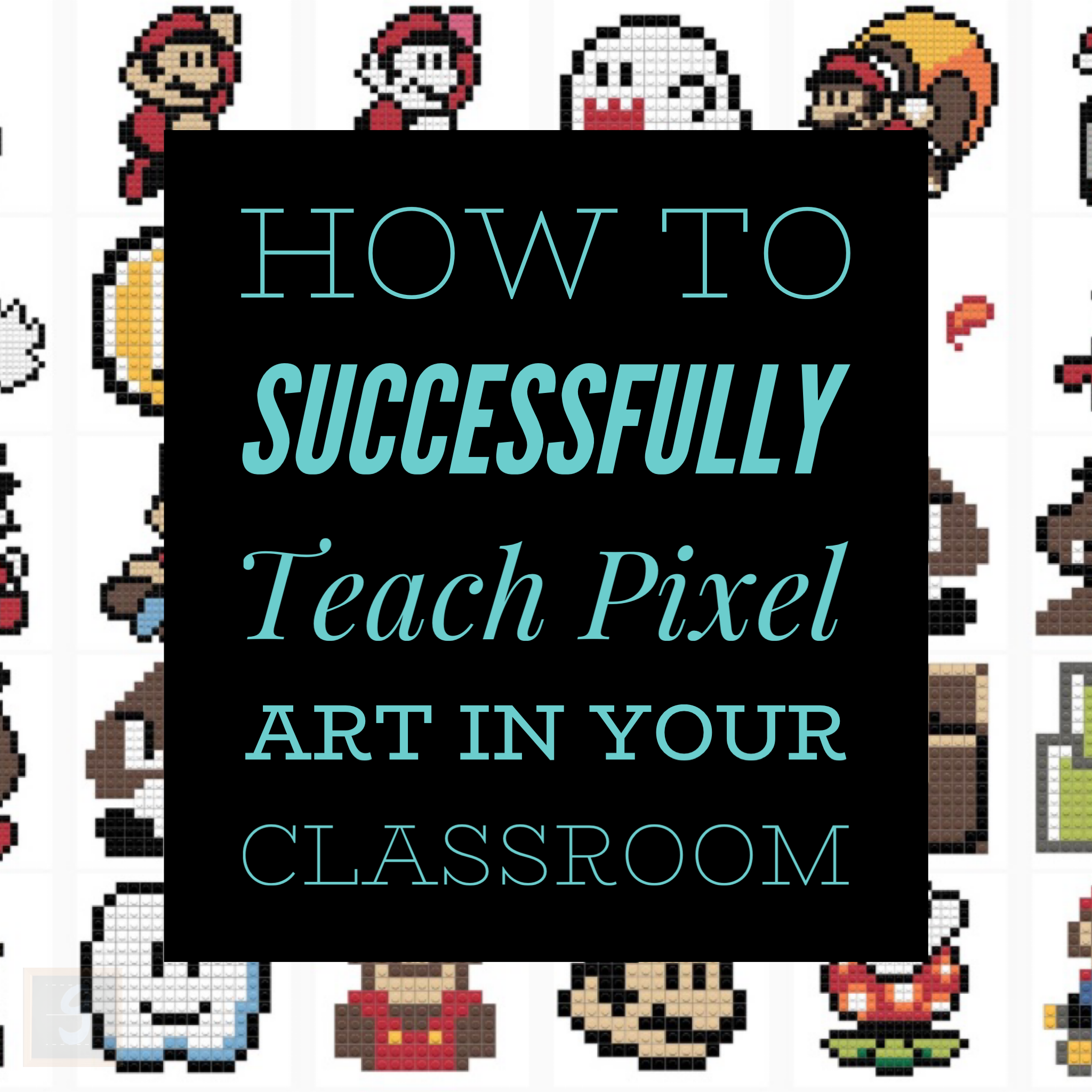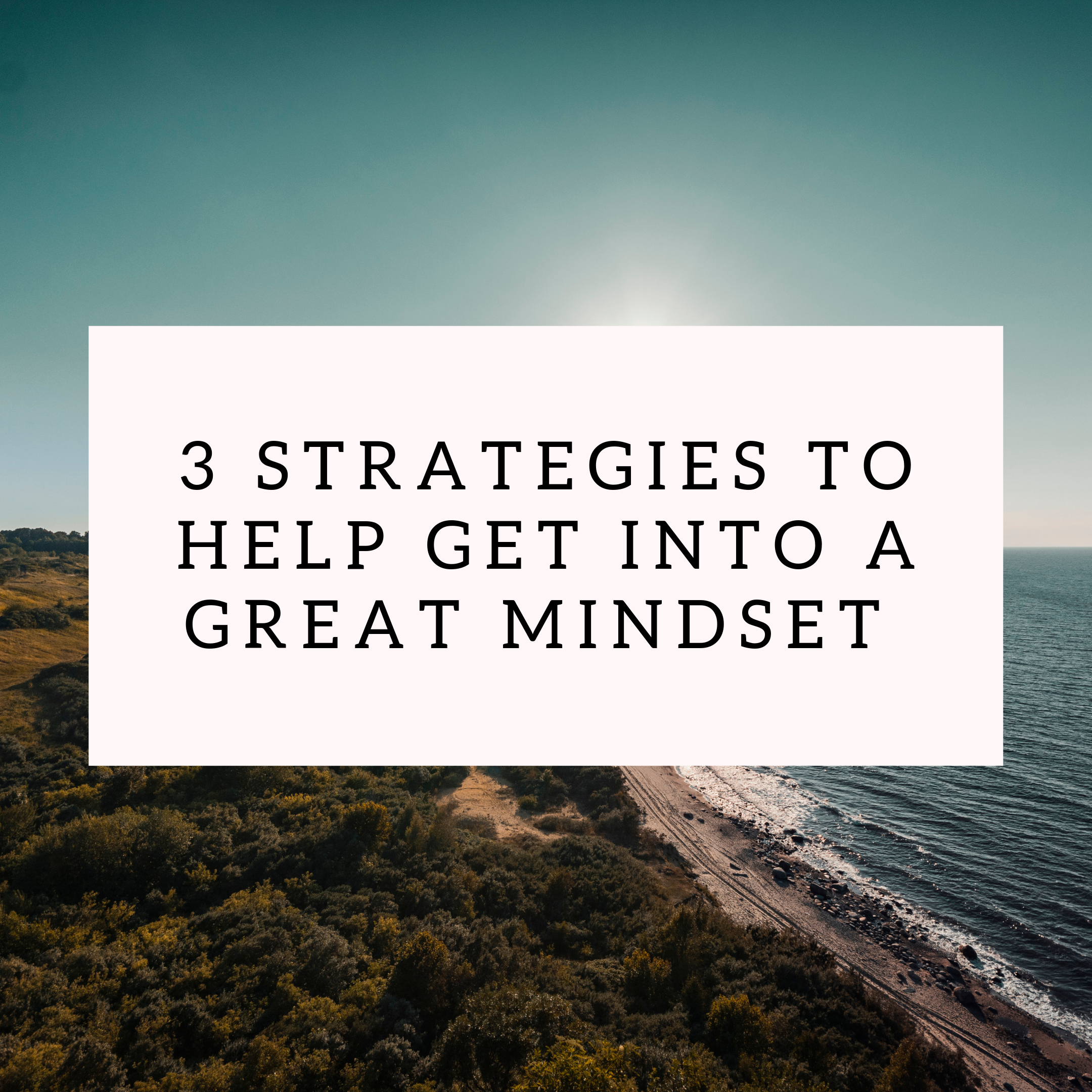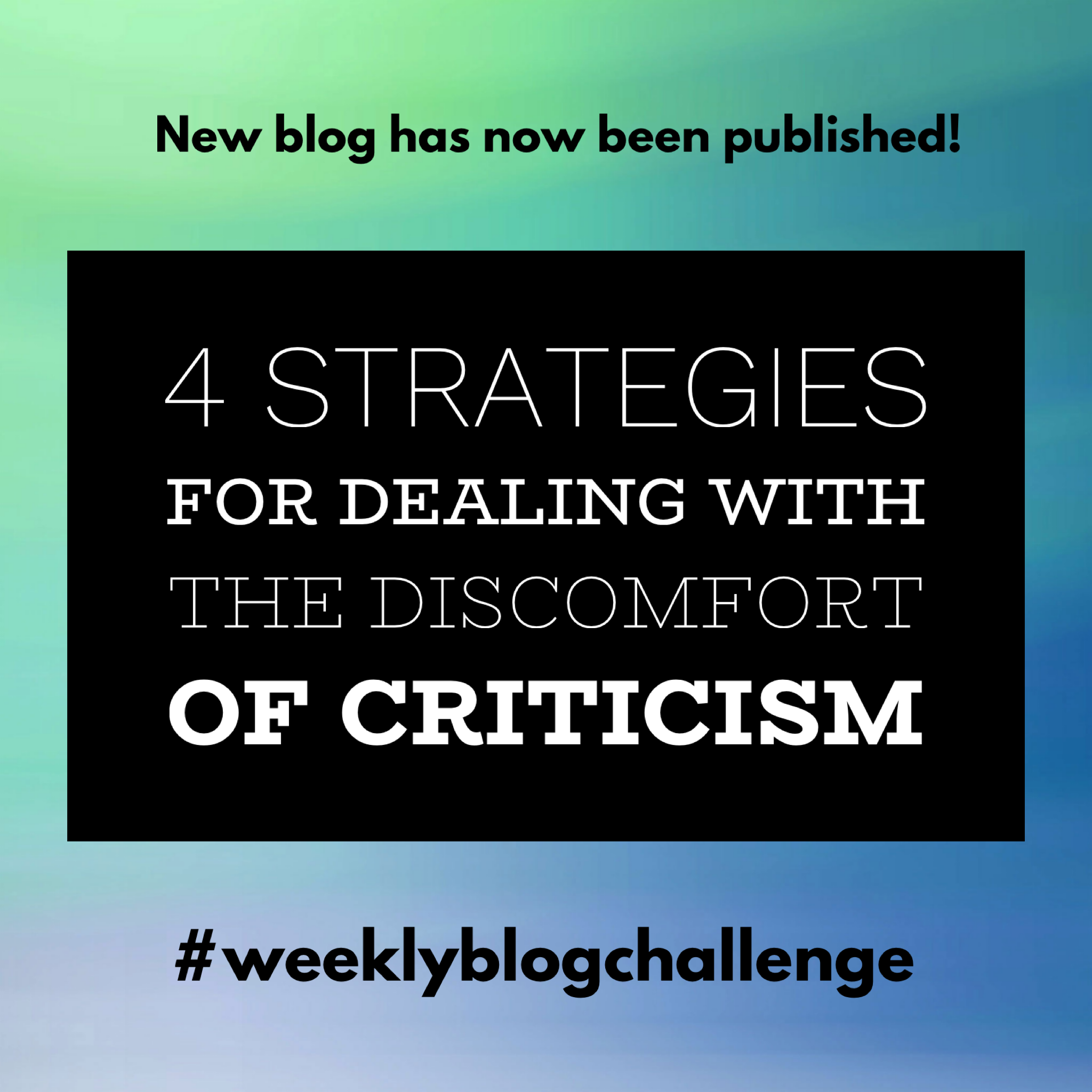Throughout 2019, I felt uneasy about how much time I spent on my phone. While I certainly wasn’t a phone addict, I was concerned about how this device was affecting my productivity and the relationships I have with my family. Both my wife and I were guilty of being on our phones when we really should have been spending quality time with each other. How often have you found yourself in situations where you were ‘scrolling’ on your phone instead of enjoying the company of your family and friends?
I know that I have been guilty of this on several occasions.
This sort of interaction, or lack thereof, has become a hallmark of how we socialise with people. At the start of this year I set myself a goal to conquer this bad habit. I didn’t break this habit overnight, but I did achieve a greater level of mastery over my phone within 3-4 months. I found the following strategies useful so maybe they might help you as well.
Here are 4 ways I redefined my relationship with my phone.
Think about how you REALLY use your phone
I came across this quote, or words to this effect, when I was listening to one of my podcasts during my daily commute to work. This quote comes from Mel Robbins during an interview that she did with Tom Bilyeu from Impact Theory. I was struggling to summarise how I truly felt about my phone until I heard Mel’s quote. I had set myself some ambitious goals in 2020; however, I was choosing to invest my mental energy into the irrelevant opinion of some narcissistic attention-seeker by mindlessly scrolling on social media.
As I thought about this quote some more, I asked myself if I was really ‘moving the needle’ when it came to making progress with my goals and aspirations in life?
The answer was no. Well, not as much as I could if I kept on browsing social media.
To remind myself of this quote every day, I used a photo from a dream that I recently brought into reality. The memorable moment in question was the first bike ride I went on with my daughter. I took Mel’s words and put them as a text overlay on top of this treasured photo. I was able to do this in an app called Typorama for those of you who are wondering. I then set this newly created photo as my phone’s background.
Now when I open up my phone, I’m greeted with this powerful saying. This simple change has helped me to reconsider if I really need to use my device.
Limit what you use your device for
The great thing about smart phones is their versatility, but in some instances, this can be a major drawback. Before these life changing devices came along, electronic devices weren’t so flexible and we usually needed one device for one purpose.
Need to film something? Then use a hand-held video recorder.
Want to listen to some music? Then get out your iPod and head phones.
Waking up late? Then purchase an alarm.
You get the idea; however, if an iPhone can meet all of these needs (and many others), then we automatically increase our reliance on them. With each new task that a smart phone can fulfil we become beholden to them 1% more, but not unless we allow it.
Let me give you an example.
About three years ago I made the decision to purchase all of my e-books via the Kindle app. I wanted to move from reading on the iPad to reading on a Kindle, so in the event I finally purchased a Kindle, then all of my books would transfer over. In October 2019, I made the leap and purchased a Kindle Oasis and I tell you what, I haven’t looked back. In the future, I’d like to write an in-depth review about my Kindle Oasis but here is the short version.
Having a dedicated e-reader meant that I was no longer distracted by the convenience of having a quick look at social media. Sometimes a quick look stayed as a quick look but occasionally it turned into a complete waste of time. Yes, I turned off the notifications for all my social media accounts; however, I found that the temptation was still there. By having a device that is solely dedicated to reading meant that I was fully immersed in the reading experience for longer.
I would go as far to say that I now identify as a reader thanks to a device that is solely dedicated to reading.
Redesign Your Home Screen
An author who has helped me to redefine my relationship with my phone is James Clear. For those of you who don’t know who James is, he’s the author of ‘Atomic Habits’. I recently read Atomic Habits and I can confidently say that it is the best personal development book I’ve ever read. Without spoiling the book too much, one of the ways you can break a bad habit is to increase the level of friction associated with the habit. Basically you need to make it harder for you to perform the behaviour you want to change.
When I thought about the behaviour that underpinned how I accessed social media on my phone, the process was almost frictionless. Unlock the phone with my fingerprint, open the social media file on my home-screen and one touch later I’m mindlessly scrolling on Instagram or Facebook. Several hours could easily pass by and what did I achieve? Nothing!
To increase the friction associated with this behaviour, I decided to redesign my home screen. And when I say redesign, I mean completely redesign. I wanted my home-screen to represent the person who I want to be, not the person who I was.
Here are the changes I implemented.
First, I took the social media folder off my home screen and put it on a screen that is further away. If I wanted to access Facebook, then I had to swipe over five more times or I had to search up Facebook. This simple action made it harder for me to access social media, but I wasn’t done there. I decided to rename my social media folder to ‘waste of time’ to remind me of my bad habit.
I also applied a similar idea to the news apps that were installed on my phone. If you’re like me, then you’re probably sick of the 24/7 news cycle related to the COVID-19 pandemic. I didn’t want to delete them from my phone, but I did want to significantly reduce the amount of time I spent on them. I took the news apps out of my news folder, placed them in separate folders and renamed them to something ‘different’. Here is the sentence that the folders spell out.
‘💩 that will rot your brain’.
Lastly, I only placed apps on my home screen that would help me achieve my goals. All of the apps that would take my attention away from these goals were banished to another screen. You can see a remarkable difference between the two home-screens in the video below. By redesigning my home screen and deciding what I CHOOSE to have on it, I made it easier to support the habits I wanted to build, and I made it harder to engage in the habits I wanted to break.
Put Your Phone in Phone Prison
Out of all the strategies that worked for me, the concept of ‘phone prison’ worked the best. Lately I’ve been writing down all of my routines with the goal of finding ways to improve them. It was here where I came across the idea of ‘phone prison’.
So phone prison works like this.
When you first wake up, you need to put your phone in prison. Phone prison is a predetermined location in your house where your phone stays for the entire day. Now just because your phone is in phone prison, it doesn’t mean you cannot come over for conjugal visits but beware, the warden of phone prison has set up some very strict rules for my visits.
Like so many prison-based relationships, I found it pretty hard to deal with the loss of my beloved phone; however, just like many prison-based relationships, I found myself on the rebound quite quickly with more productive endeavours, like watching Skill Share or writing this blog.
I’m sorry social media, it’s not me, it’s you. You were great and all, but it’s not working out.
Final thoughts
If this blog has sparked your interest, then I encourage you to critically look at how and why you use your phone. Are you looking at your phone because you’re bored or are you procrastinating on starting that project of yours? I don’t want people to get rid of their phones because they are incredibly useful, but it’s worth thinking about how you really use it.
Remember, your phone is a tool that is meant to serve you, not the other way around.
IF YOU THINK THIS WEBSITE IS AWESOME THEN PLEASE ...
Bookmark this page.
Follow us on Instagram | @griffin_edu
Like and follow us on Facebook | @griffineducationenterprises
Follow us on Twitter | @Griffin_Edu
Follow us on Pinterest | Griffin Education Enterprises
Join our mailing list.
And most importantly, share this website with other educators!

